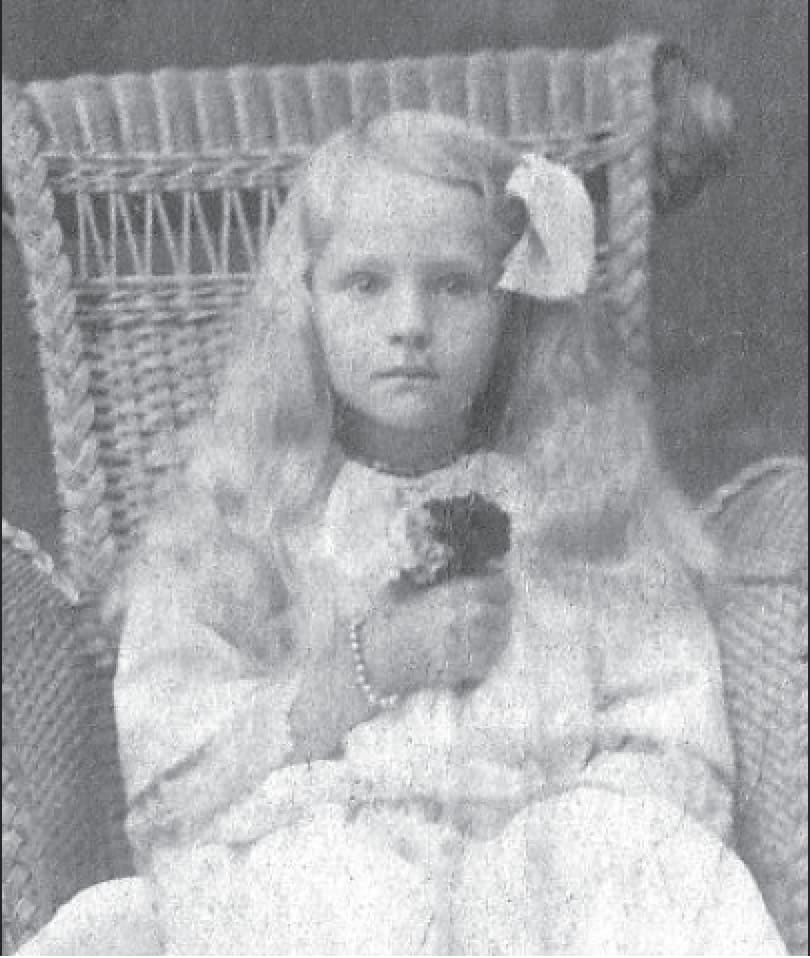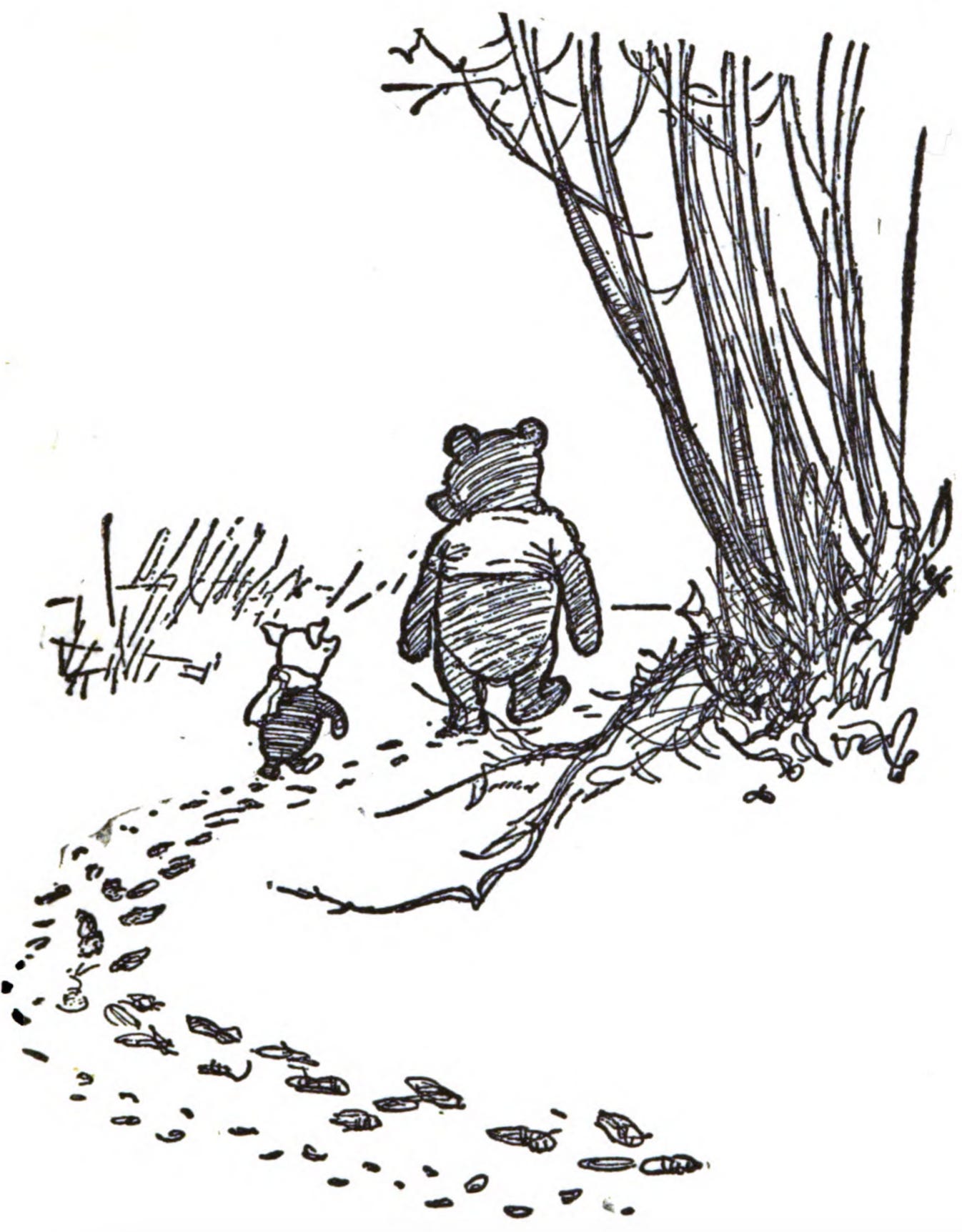I’m pretty sure we all have bitten into the delicious chocolaty, peanut-crunchy confection known as a Baby Ruth bar. If one should google it today, one will find: “Baby Ruth is an American candy bar made of peanuts, caramel, and milk chocolate-flavored nougat, covered in compound chocolate. Created in 1920, it was named after the deceased U.S. presidential daughter, Ruth Cleveland.” Sounds good, right? WRONG.
In 1916, a marketing-savvy entrepreneur, Otto Schnering, started the Curtiss Candy Company. Rather than name the company after himself, he chose to use is mother’s maiden name due to prevailing anti-German sentiment. Schnering’s called his product Kandy Kake. In 1920, he added caramel and changed its name to Baby Ruth - sales skyrocketed. The change allegedly came about because former President Grover Cleveland’s daughter Ruth, aka “Baby Ruth,” had tasted and enjoyed it. One problem: Ruth had died of diphtheria in 1904 at age twelve, sixteen years before the name change. Of course, 1920 happened to be the year George Herman “Babe” Ruth set the world on fire by hitting 54 home runs. “Unrelated” said Schnering. In 1931, Ruth, something of a schlimazel (from the yiddish, literally meaning “without luck”), wanted to start his own candy bar company. Schnering sued him for copyright infringement and won. Ruth was barred from using his own name on a candy bar after it had been ripped off in the first place! Hence the 2024 explanation.
This obliquely leads to my ongoing campaign vis a vis FDR’s health. If you assert a falsehood long enough, it comes to be accepted as true. A woozle. (Thanks to my friend Professor James Kimble for making me aware of this wonderful word.) Here paraphrased from Wikipedia; “The Woozle Effect occurs when a source is widely cited for a claim it does not adequately support, giving said claim undeserved credibility. If results are not replicated and no one notices that a key claim was never well-supported in its original publication, faulty assumptions may affect further research … Someone makes a questionable claim, a journalist unthinkingly accepts it and republishes it not realizing its dubious and unreliable origins, and other journalists and the public continue to repeat and duplicate the unsupported claim.”
Woozle derives from A.A. Milne’s Winnie the Pooh. In chapter three, "Pooh and Piglet Go Hunting and Nearly Catch a Woozle," the pair start following tracks left in snow believing they are the tracks of an imaginary animal called a woozle. The tracks keep multiplying until Christopher Robin explains they have been following their own tracks in circles.
“Piglet and Pooh go in circles hunting a Woozle—but the tracks they follow are merely their own.”
I have coined my own related term, a “broozle,” after Dr. Howard Bruenn, who continued to perpetrate his hoax over and over for 50 years after FDR’s death. A “photographic error,” said he to my friend Jan Herman, Medical Historian of the Navy, in 1990. Check out just one of the so-called “errors” above FDR’s left eye.
Etymologically yours,
SL




Thanks for the Baby Ruth clarification, and I love the new book jacket!